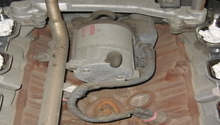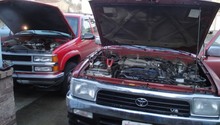Toyota 4Runner 1996-2002: Why Won't My Car Start?
It's always a major inconvenience when your Toyota 4Runner fails to start. Read on to learn how to diagnose it.
This article applies to the Toyota 4Runner (1996-2002).
Everyone at some point of their Toyota 4Runner ownership will face a non-starting car. There are too many things that could go wrong and cause it not to start. However, the good news is most of the components that would fail and cause your car not to start are easy to fix. If you keep getting left stranded with your Toyota 4Runner, or if you're tired of waking up in the morning to a non-starting car, this guide will help your diagnosis skills tremendously. Read on to learn what is going wrong with your Toyota 4Runner.

Material Needed
- Socket set
Step 1 – Check your battery
It could be dead.
The first and most common reason for a non-starting car is a dead battery. If you try to start the car and you hear a clicking noise, that means your battery is dead. Which is an indication that the starter is working properly, trying to crank the engine, but the battery is not producing any juice. The best way to go about this is to take the battery to an auto store, and most would charge it overnight for free. If it continues to die and wouldn't hold the charge, then it's simply time for a new battery.
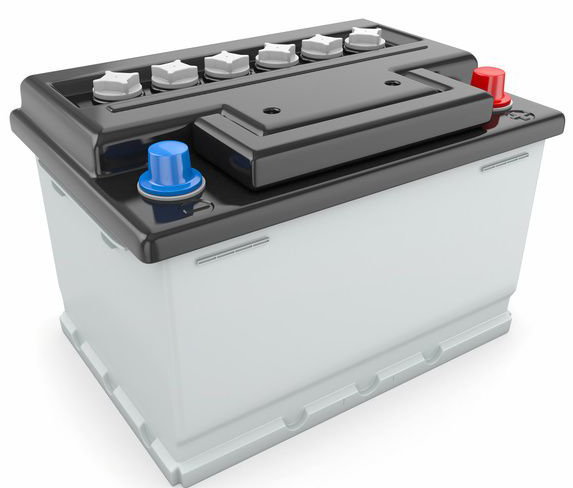
If the battery is charged, proceed to Step 2.
Step 2 – Check the starter
It could be faulty.
The starter, like any other component, can fail and cause the car not to start. If you hear no clicking noise when you try to start the car, and you see the dash light go on, that means the battery is healthy, but the starter isn't. Before replacing the starter, check the wiring going from the battery to the starter, and if it is corroded or worn, it could mean there is simply no current going to the starter. In that case, if you change the starter's wiring, the problem could be solved.
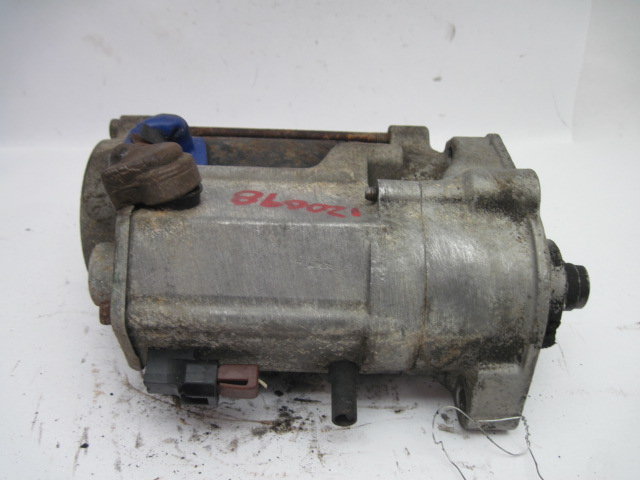
If the starter is not the culprit, proceed to Step 3.
Step 3 – Check spark plugs and wires
They could be worn or burnt.
The spark plugs are what create spark so the engine can turn over. One bad spark plug, and you can sit there cranking your car without it turning over. Before removing the spark plugs, inspect the spark plug wires and make sure they are all in good conditions. If one of the wires is worn, it could give less current to the spark plug. Remove the spark plugs and check their tips for signs of burns.
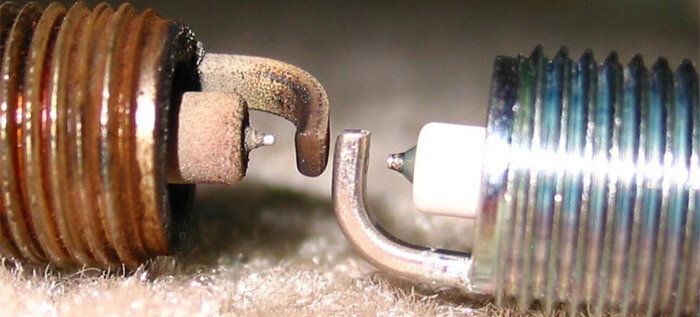
If the spark plugs and their wires are in good shape, proceed to Step 4.
Step 4 – Check fuel filter
It could be clogged.
The fuel filter is the gate between the fuel tank and the engine. The more clogged it gets, the less fuel will go through to the engine. If the fuel fails to reach the engine as the combustion process is happening, the car won't start. The fuel filter on the Toyota 4Runner is located on the left side of the frame, under the driver's door. Be sure to unplug the battery first, then remove the fuel filter, and then blow in the filter. If it's too hard to blow through it, it's time for a new filter. Be sure to not put your mouth where the fuel was; use something to cover it as protection.
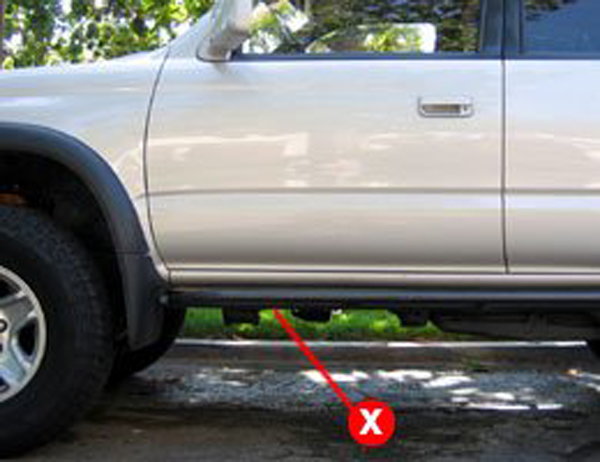
Related Discussions
- 4Runner Won't Start - YotaTech.com
- Cranks but Won't Start - YotaTech.com
- Clicking Noise - YotaTech.com



